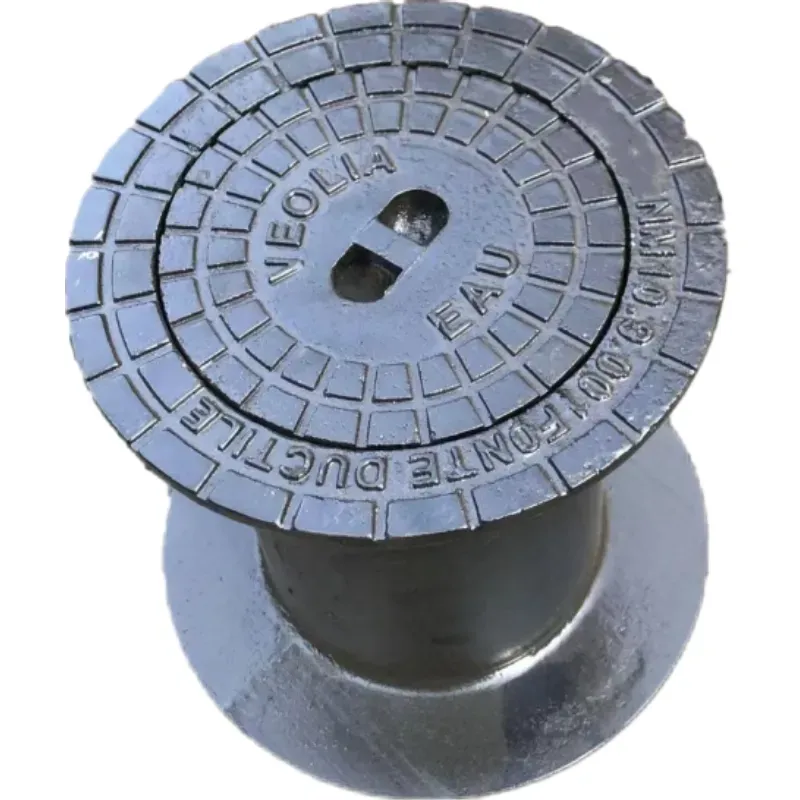Exploring Various Types of Butterfly Valves and Their Applications in Industry
Different Types of Butterfly Valves
Butterfly valves are a type of quarter-turn valve used to regulate flow in various applications, offering several advantages such as low pressure drop, quick operation, and the ability to control large volumes of fluid. Understanding the different types of butterfly valves is crucial for engineers, engineers, and operators to select the right equipment for their specific needs. This article explores the most common types of butterfly valves and their applications.
1. Concentric Butterfly Valves
Concentric butterfly valves, also known as soft-seated butterfly valves, are characterized by their simple and compact design. In these valves, the disc is mounted on a shaft that is aligned with the centerline of the pipe. When opened or closed, the disc rotates around the shaft, providing efficient flow control. These valves are often used in applications involving water, air, and gas, thanks to their reliable sealing properties and low operational torque. They are best suited for low to moderate pressure applications and are typically made from materials like PVC, CPVC, or cast iron.
2. Eccentric Butterfly Valves
Eccentric butterfly valves have a unique design where the disc is offset from the centerline of the pipe. This design allows for a more effective sealing mechanism, making them suitable for higher pressure and temperature applications. Eccentric valves can be further divided into two categories single-offset and double-offset. The double-offset butterfly valve provides even better sealing capabilities and is often used in critical applications such as steam, oil, and gas handling. The eccentric design minimizes wear on the seat and disc, leading to enhanced durability.
3
. Triple Offset Butterfly Valvesdifferent types of butterfly valves

The triple offset butterfly valve features a more complex design, where the disc is offset in three different ways. This configuration provides a perfect sealing mechanism with little to no friction between the disc and the seat. As a result, triple offset valves can handle high-pressure and high-temperature applications, making them ideal for industries like oil and gas, chemicals, and power generation. They operate efficiently with a tight shut-off capability, ensuring minimal leakage in critical systems.
4. Lugged Butterfly Valves
Lugged butterfly valves are designed with threaded lugs, which allows for easy installation and removal without needing additional fittings. This design is particularly advantageous in applications where maintenance is required, enabling the valve to be isolated from the pipeline easily while still maintaining the downstream flow. Lugged butterfly valves are commonly used in fire protection systems, HVAC applications, and general industrial processes. They provide excellent control over flow while being easily accessible for repair or replacement.
5. Wafer Butterfly Valves
Wafer butterfly valves are another popular type, featuring a disc that fits between two flanges in a piping system. Unlike lugged valves, wafer valves do not have lugs and rely on the bolting of the flanges to secure the valve in place. This design is space-efficient and lightweight, making wafer butterfly valves suitable for tight installations. They are frequently used in water treatment, wastewater management, and other fluid control applications where a compact solution is necessary.
Conclusion
Choosing the appropriate butterfly valve is essential for ensuring optimal performance in various industrial applications. Each type of butterfly valve has distinct characteristics and advantages suited for specific environments and working conditions. By understanding the differences among concentric, eccentric, triple offset, lugged, and wafer butterfly valves, engineers and operators can make informed decisions that lead to improved efficiency, safety, and longevity in their systems. Proper valve selection not only enhances operational effectiveness but also contributes to reducing maintenance costs and downtime in industrial processes.
-
The Smarter Choice for Pedestrian AreasNewsJun.30,2025
-
The Gold Standard in Round Drain CoversNewsJun.30,2025
-
The Gold Standard in Manhole Cover SystemsNewsJun.30,2025
-
Superior Drainage Solutions with Premium Gully GratesNewsJun.30,2025
-
Superior Drainage Solutions for Global InfrastructureNewsJun.30,2025
-
Square Manhole Solutions for Modern InfrastructureNewsJun.30,2025
-
Premium Manhole Covers for Modern InfrastructureNewsJun.30,2025
